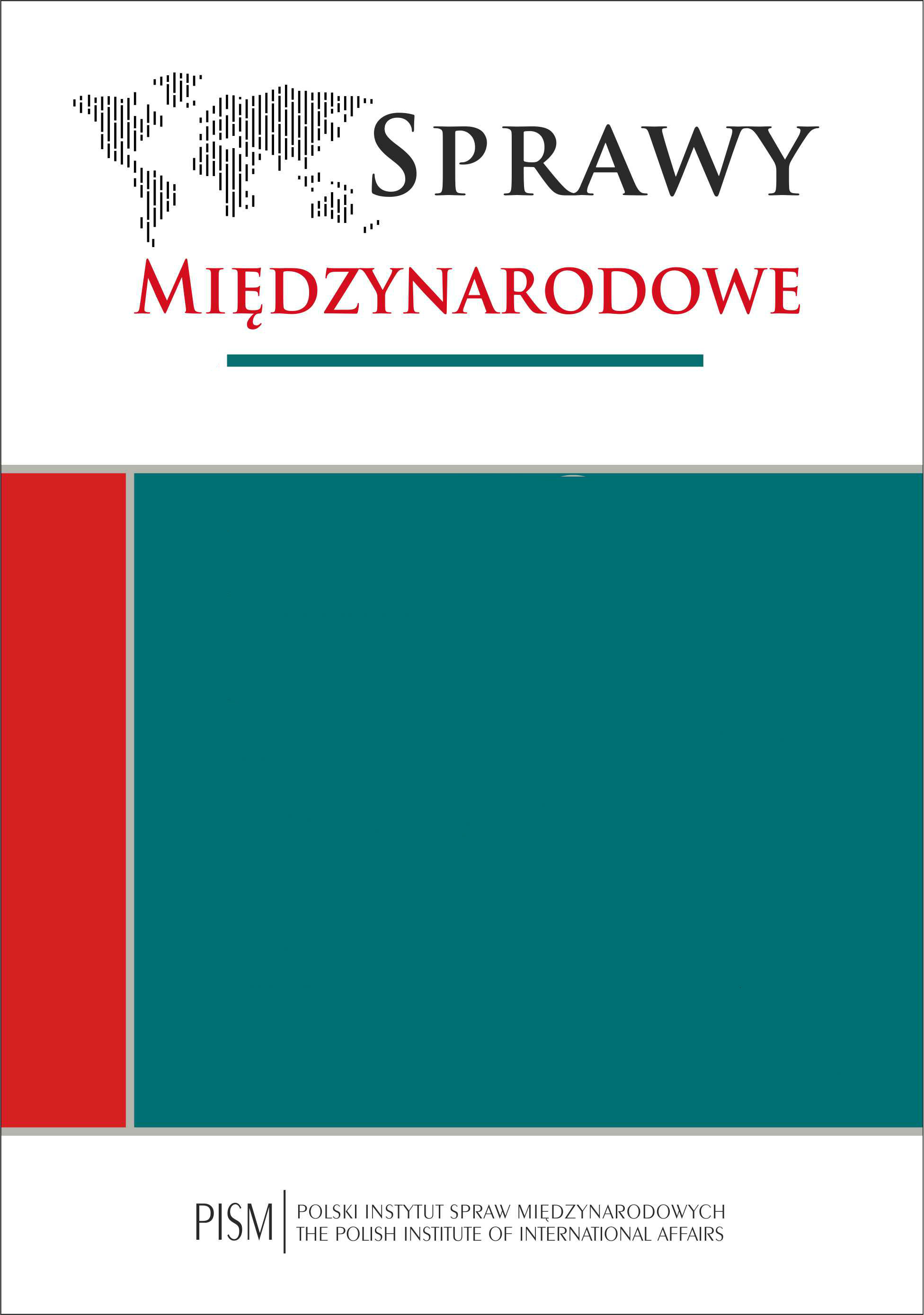Nowe ramy instytucjonalne Unii Europejskiej
New institutional framework of the European Union
Author(s): Zbigniew D. CzachórSubject(s): Politics / Political Sciences
Published by: PISM Polski Instytut Spraw Międzynarodowych
Keywords: European Union; polish presidency; EU Council
Summary/Abstract: The rotating presidency, including the “triple-shared presidency”, has remained an important element in the EU system, albeit in a different form. It continues to preside over the proceedings of nine Council formations and more than 270 committees and working groups, but is relegated to the back seat in the European Council and the Foreign Affairs Council, were key integration decisions are made. For the Polish presidency, that meant the need to adjust to the new situation and do everything in its power to ensure that the presidency’s position in the field of European integration was not restricted any further. It looks like Poland managed to achieve that goal. But many important questions about the place and the future of the rotating presidency in the new post-Lisbon institutional system remain unanswered. This is especially true of the European Council’s autonomization and fragmentation, restriction of member states’ direct control of the legislative process, and the presidency’s impact on the course and extent of the common foreign and security policy, including in political dialog with third countries. As it can already be seen today, the role and importance of the presidency’s informal meetings and activities must be raised.
Journal: Sprawy Międzynarodowe
- Issue Year: 2012
- Issue No: 1
- Page Range: 7-28
- Page Count: 22
- Language: Polish

